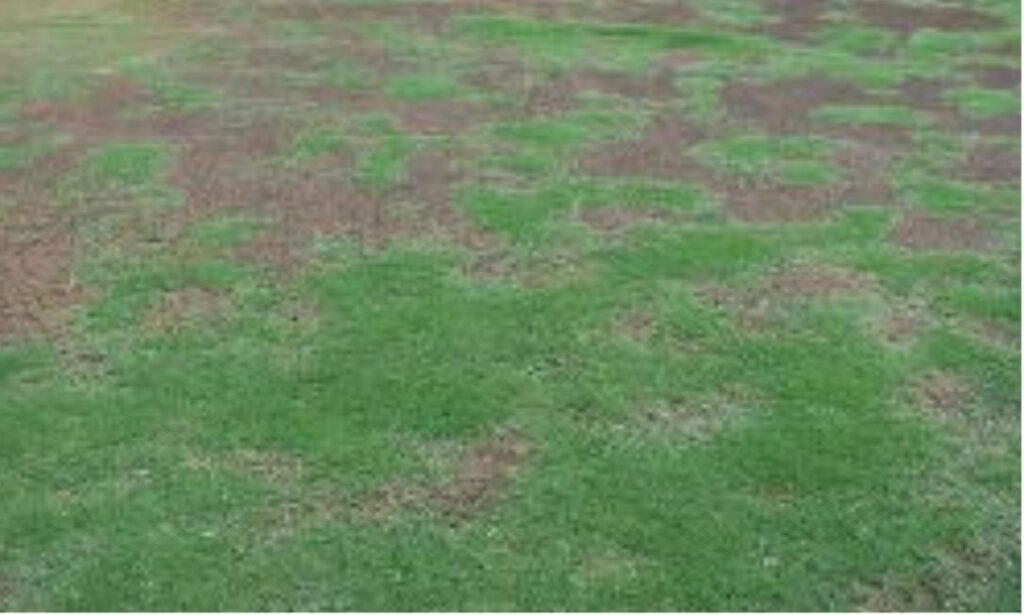Couch (Cynodon spp.) are commonly overseeded with perennial ryegrass (Lolium perenne) for reasons such as aesthetics, increased wear tolerance and to protect the couch once it enters dormancy. The aim is to maintain this cover during the cool season months and then once it begins to warm up in the spring remove this to enable the underlying warm season couch to grow unimpeded. Increasingly problematic has been getting this ‘’transition’’ to occur smoothly as improvements in perennial ryegrass breeding have led to ryegrass becoming much more heat tolerant and consequently tending to hang on rather than keeling over once temperatures increase. This is a cause for concern as research has shown that the couch requires approximately 100 days without ryegrass competition in order to achieve maximum performance.


Over the years new varieties of grass have become tougher, meaning that your old natural transitioning techniques may not work meaning you may have to use a selective herbicide. Otherwise, you may end up with residual ryegrass that can often be seen in clumps over the playing surface.
The speed of transition – using the appropriate chemicals also plays a major role in deciding when they should be applied. A faster-acting chemical should be applied as late as possible into the spring unless a dormant-looking couch is acceptable. Slower acting options, which can take up to 8 weeks to work in contrast, should be applied much earlier in the season.
Thanks to Gilba Solutions for their contributions to this article.

